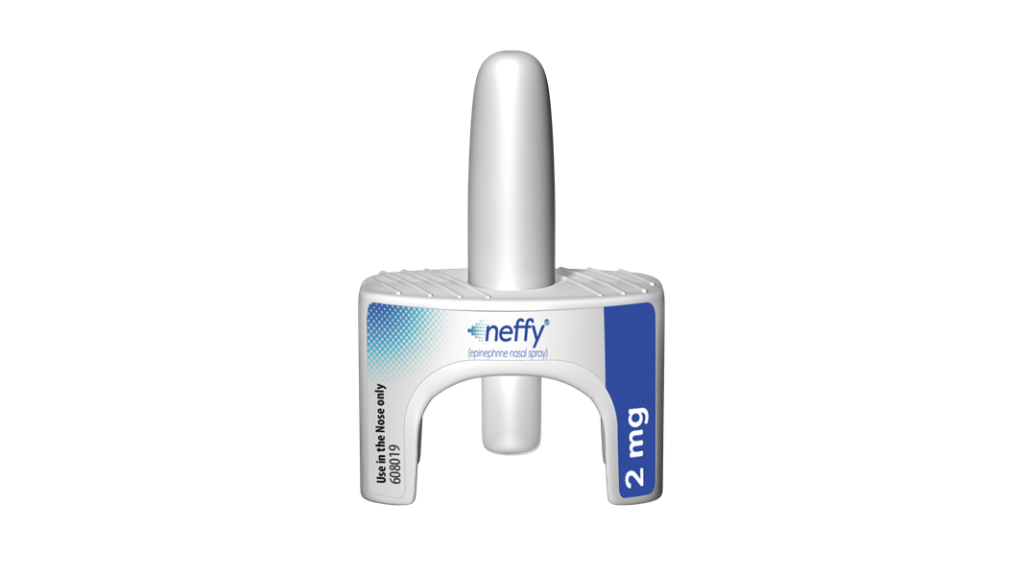If you want to search Cost Curve back issues or link to anything you read here, the web links and archive are online at costcurve.beehiiv.com. You can subscribe there, too.
So Thursday is the day.
That’s according to Politico, which said that the first set of IRA prices will hit pre-market, followed by some sort of event with Joe Biden and Kamala Harris. The reporting is pretty skeletal and based on anonymous sources, but I believe it. My calendar is cleared.
There should be a lot of preview coverage over the next 72 hours or so, and I’ll do my part to curate all of that.
My assumption here is that this is not going to be a particularly nuanced rollout. The Biden efforts around IRA messaging have really been focused on keeping things as simple as possible. Adding to that dynamic will be a fair number of reporters covering this who are not super-familiar with the intricacies of the supply chain.
That means that we’re likely to see headlines about the cuts in list prices, with little explanation of how that relates to net prices. We’ll also get plenty of arithmetic on how the “average” patient under the “standard” benefit will save on each medicine. These numbers are not likely to be universally representative (e.g. this Milliman analysis), so read with care/skepticism.
As with everything in this janky health care system, the reality is going to be a lot more complex, and we’ll see plenty of commentary in the days to follow that begins to sketch out what this will mean. But Thursday is not going to be the day for thoughtful takes, I fear.
2024 has been an incredible year for companies talking about value when medicines are approved, and Friday brought another great example.
ARS Pharma won the FDA’s backing for an epinephrine nasal spray, neffy, which takes the needle (and the accompanying fear) out of the treatment of a life-threatening allergic reaction.
The press release is worth looking at because it does something I don’t think I’ve ever seen before: it details the cash price of the medicine — $199 — for patients who don’t have insurance or for whom insurance won’t cover the med. There’s detail on how the company is pulling that off, too, with BlinkRx and GoodRx. (ARS also provides the post-copay assistance number, which is $25, though that’s less unusual.)
The release also includes a lengthy discussion of how we should think about the value of the product, via Lou Garrison, a University of Washington economist:
According to Dr. Lou Garrison, Professor Emeritus in The Comparative Health Outcomes, Policy, and Economics (CHOICE) Institute in the School of Pharmacy at the University of Washington, “neffy’s value to society should be measured by more than its benefit to the individual at the moment they use it to stop an anaphylactic reaction; its value is also in the reassurance it offers to everyone from just carrying it, knowing it can protect them in an emergency. Like a fire extinguisher in the home, neffy offers peace of mind to the person carrying it and also to their family and friends, who are reassured that the health of a loved one is better protected. But the peace of mind for potential patients and the similar spillover to their caregivers are values that are too often overlooked in health economics analyses. A product like neffy offers substantial societal value that should be embraced by insurance plans aligning care and coverage for patients affected by severe allergic reactions.”
This is fantastic, and I hope it becomes a model for how companies think and talk about new products, especially those with novel value propositions.
The release didn’t include the list price, which was disclosed on the company’s conference call today. That number is $710, which doesn’t account for some inevitable rebating. (“Our gross to net, while we can’t give you … for today, will probably be also typical of most innovator products,” the company told analysts.)
More pushback on the Bentley University research on the allegedly limited impact of the IRA on innovation: Incubate’s John Stanford has a STAT letter to the editor making the point that there are no free lunches. There is a tradeoff between low prices and innovation.
I appreciate the sentiment around this STAT First Opinion, in which three academics make the case for why we have PBMs, noting their role with employers and the health policy choices that have prompted their growth. Though the headline suggests that the piece spills “‘‘inconvenient’ truths,” it ends by arguing that — yeah — there’s almost certain anticompetitive PBM behavior that ought to be regulated.
Thanks for reading this far. I’m always flattered when folks share all or part of Cost Curve. All I ask is for a mention or tag. Bonus points if you can direct someone to the subscription page.





